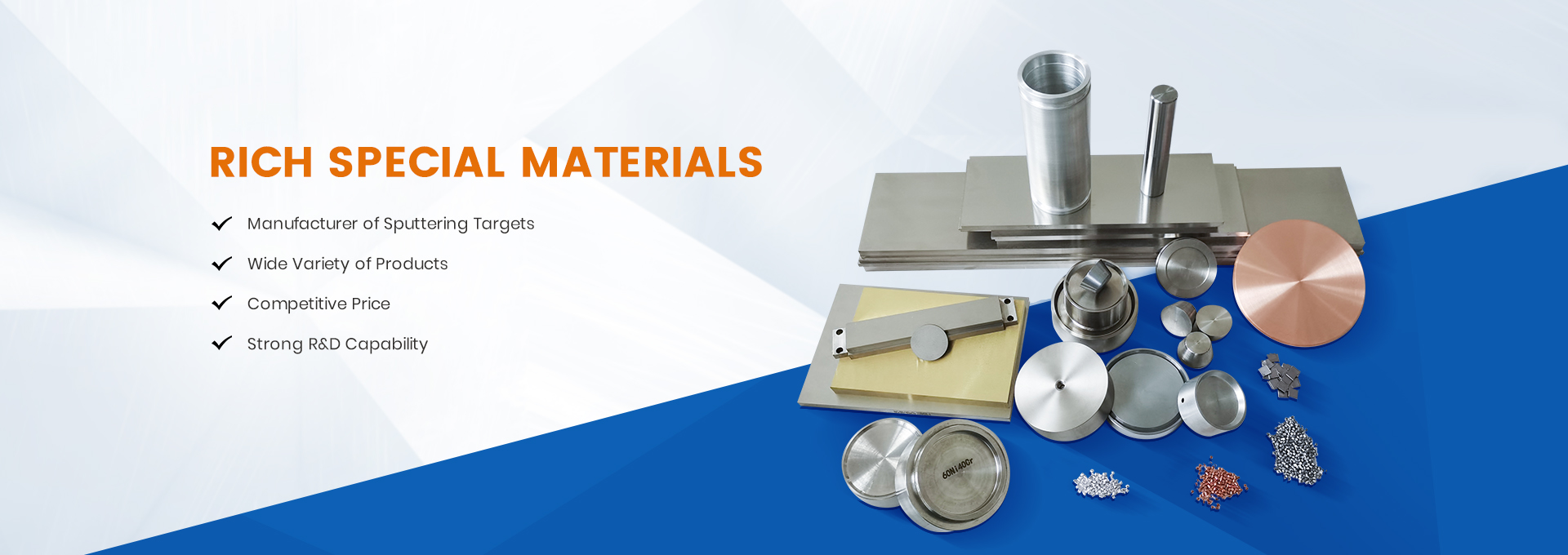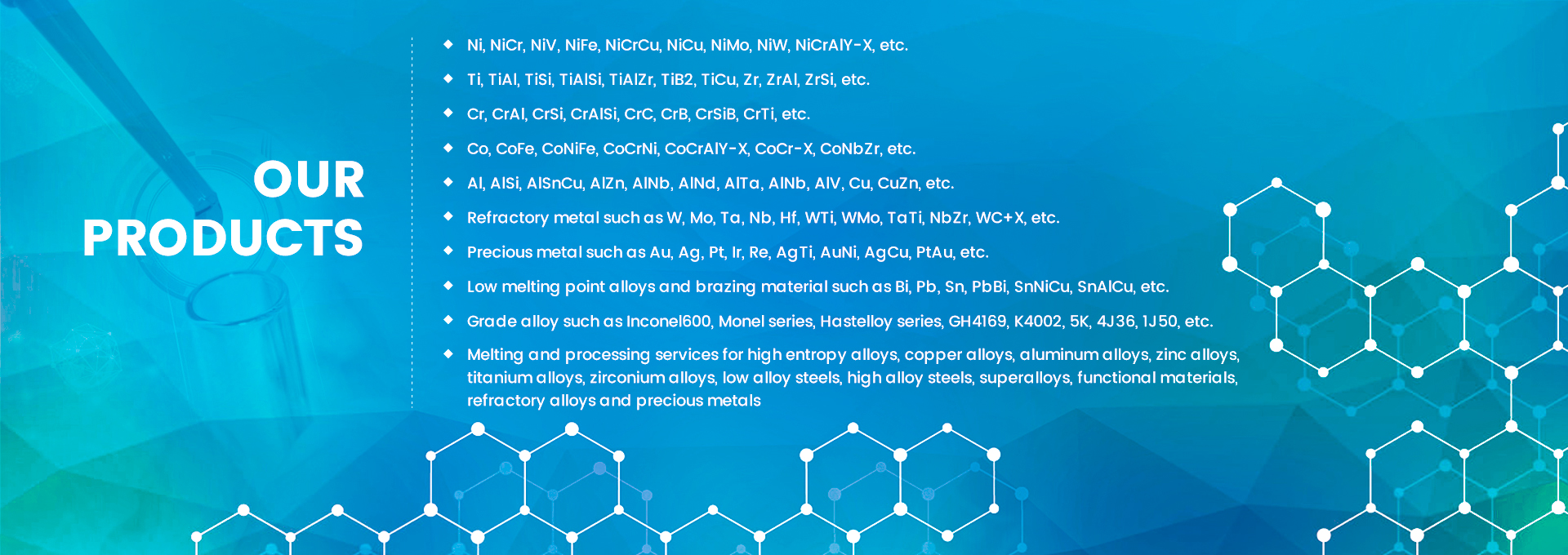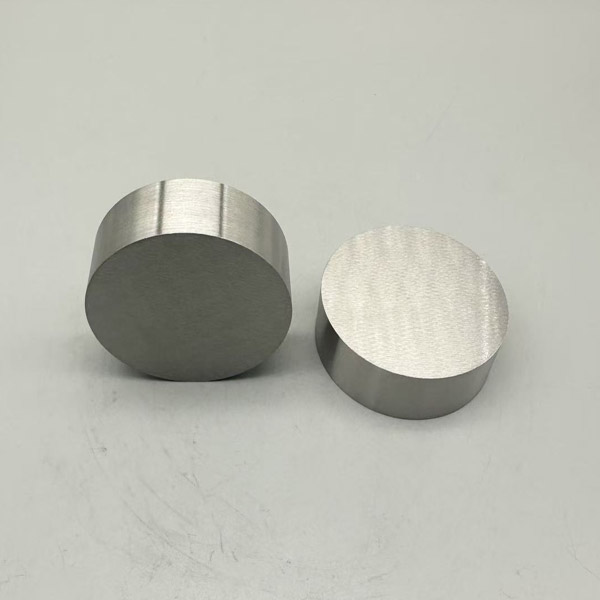I. Why Titanium Aluminum Vanadium Targets Are Revolutionizing Thin-Film Coatings?
The semiconductor and photovoltaic industries increasingly demand higher-performance coating materials. Traditional pure metal targets often suffer lattice distortion under high temperatures, leading to poor film adhesion. Titanium aluminum vanadium (TiAlV) targets solve this challenge through their ternary alloy advantages.
II. Performance Showdown: TiAlV Targets vs Conventional Materials
|
Metric |
TiAlV Target |
Pure Ti Target |
TiAl Alloy Target |
| Deposition Rate (μm/h) | 1.8 | 1.2 | 1.5 |
| Film Hardness (HV) | 1800 | 850 | 1200 |
| Thermal Shock Cycles | 500+ | 150 | 300 |
Counterintuitively, although TiAlV targets have 15% higher raw material costs, their extended lifespan (40% longer, per Vacuum Coating Materials Economics Review 2024) delivers superior overall value.
III. 5-Step Guide to Premium TiAlV Target Production
1. Raw Material Pre-Treatment
Use plasma rotating electrode atomization to create pre-alloyed powders (45-150μm). Remove particles >200μm—these cause uneven sputtering. We once saw a batch fail QC due to overlooked oversized particles.
2. Hot Isostatic Pressing
Process at 1180°C/150MPa for 3 hours. Industry leaders confirm this reduces porosity below 0.3%. Skipping this step? Expect 12% lower density.
3. Gradient Heat Treatment
Apply triple-stage heating: 650°C×2h → 880°C×4h → 550°C×6h. Our lab found this eliminates 90% of β-phase segregation.
4. Surface Finishing
Polish with diamond tools to Ra ≤0.2μm. A client saved $50k/year by reducing surface defects causing arc discharges.
5. Vacuum Packaging
Vaccum packaging for shipping and storage.
⚠ Common Pitfalls:
• Exceeding 8% vanadium (triggers intergranular corrosion)
• Air-cooling after pressing (always use step cooling)
• Using standard cutting fluids (causes surface contamination)
IV. Case Study: Solar Cell Coating Breakthrough
A TOPCon cell manufacturer hit an efficiency wall in 2023. Switching to TiAlV targets reduced back-contact resistance by 28%, boosting module power by 1.2% (PV-Tech 2024 Report).
Interestingly, initial cost concerns vanished after testing: 0.03μm/cycle erosion rate made TiAlV 19% cheaper long-term. Proving that “premium materials ≠ high costs.”
V. Future Trends & Challenges
As low-temperature sputtering gains traction, TiAlV targets require finer grains (<5μm). Current R&D focuses on rare-earth doping (0.5-1% Y/La), though this may reduce conductivity. For instance, yttrium addition increases resistivity by 12%—a tradeoff needing resolution.
Implementation Checklist (Checklist)
Verify raw powder oxygen <800ppm
Degas before HIP (400°C×2h)
Measure β-phase content (15-20% ideal)
Pre-sputter targets for 30 minutes
Clean sputter chamber deposits monthly
TiAlV targets exemplify materials science meeting industrial demands. With optimized processes and smart implementation, they unlock next-gen coating performance. After all, in this “coating-defines-performance” era, choosing the right target is half the battle won.
Post time: Apr-17-2025






